Table Mountain
Table Mountain (Khoekhoe: Huriǂoaxa, lit. 'sea-emerging'; Afrikaans: Tafelberg) is a flat-topped mountain forming a prominent landmark overlooking the city of Cape Town in South Africa. It is a significant tourist attraction, with many visitors using the cableway or hiking to the top. Table Mountain National Park is the most visited national park in South Africa, attracting 4.2 million people every year for various activities. The mountain has 8,200 plant species, of which around 80% are fynbos, meaning fine bush. It forms part of the Table Mountain National Park, and part of the lands formerly ranged by Khoe-speaking clans, such as the !Uriǁʼaes (the "High Clan"). It is home to a large array of mostly endemic fauna and flora.
 Table Mountain from Capt. Cook's ship HMS Resolution by William Hodges (1772)
Table Mountain from Capt. Cook's ship HMS Resolution by William Hodges (1772) De Villiers reservoir, just to the left as the Bridle Path reaches the top of the Back Table
De Villiers reservoir, just to the left as the Bridle Path reaches the top of the Back TablePrehistoric inhabitation of the district is well attested (see for example the article on Fish Hoek). About 2000 years ago the Khoe-speaking peoples migrated towards the Cape Peninsula from the north. This countryside was before that occupied by nomadic !Ui speakers (who were foragers). The pastoralist influx brought herds of cattle and sheep into the region, which then formed part of a larger grazing land that was seasonally rotated. It was the !Uriǁʼaekua ("Highclansmen", often written in Dutch as Goringhaiqua) who were the dominant local people when the Europeans first sailed into Table Bay. This clan is said to be the ancestral population of the !Ora nations of today (so-called "Korana" people).
These original inhabitants of the area so-called "Khoekhoen", called Table Mountain Huriǂ'oaxa – "ocean-emerging (mountain)".[1][2]
António de Saldanha was the first European to land in Table Bay. He climbed the mighty mountain in 1503 and named it Taboa do Cabo (Table of the Cape, in his native Portuguese). The great cross that the Portuguese navigator carved into the rock of Lion's Head is still traceable.
In 1796, during the British occupation of the Cape, Major-General Sir James Craig ordered three blockhouses to be built on Table Mountain: the King's blockhouse, Duke of York blockhouse (later renamed Queen's blockhouse) and the Prince of Wales blockhouse. Two of these are in ruins today, but the King's blockhouse is still in good condition.[3][4][5] and easily accessible from the Rhodes Memorial.
Between 1896 and 1907, five dams, the Woodhead, Hely-Hutchinson, De Villiers, Alexandria and Victoria reservoirs, were opened on the Back Table to supply Cape Town's water needs. A ropeway ascending from Camps Bay via Kasteelspoort ravine was used to ferry materials and manpower (the anchor points at the old top station can still be seen). There is a well-preserved steam locomotive from this period housed in the Waterworks Museum at the top of the mountain near the Hely-Hutchinson dam. It had been used to haul materials for the dam across the flat top of the mountain. Cape Town's water requirements have since far outpaced the capacity of the dams and they are no longer an important part of the water supply.
Arguments for a national park on the Cape Peninsula, centred on Table Mountain, began in earnest in the mid-1930s. Following a big fire in 1986, the Cape Times started a 'save the mountain' campaign, and in 1989 the Cape Peninsula Protected Natural Environment (CPPNE) area was established. However, environmental management was still bedeviled by the fragmented nature of land ownership on the Peninsula. Following another big fire in 1991, Attorney General Frank Kahn was appointed to reach consensus on a plan for rationalizing management of the CPPNE. In 1995, Prof. Brian Huntley recommended that SANParks be appointed to manage the CPPNE, with an agreement signed in April 1998 to transfer around 39,500 acres to SANParks. On 29 May 1998, then-president Nelson Mandela proclaimed the Cape Peninsula National Park. The park was later renamed to the Table Mountain National Park.[6]
Fires are common on the mountain. The most recent major fires include those of January 2006, which burned large amounts of vegetation and resulted in the death of a tourist (a charge of arson and culpable homicide was laid against a British man who was suspected of starting the blaze), and March 2015.[7] There was a major fire in April 2021 that affected the Rhodes Memorial and the University of Cape Town.[8]
In November 2011, Table Mountain was named one of the New7Wonders of Nature.[9]
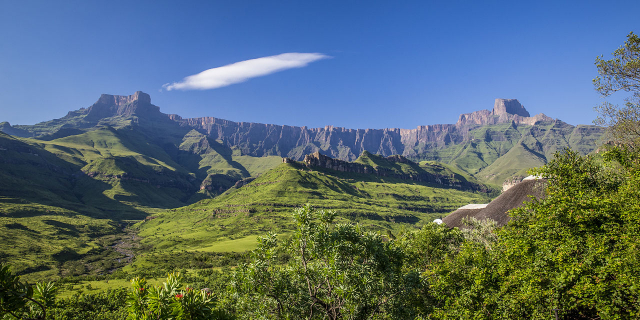

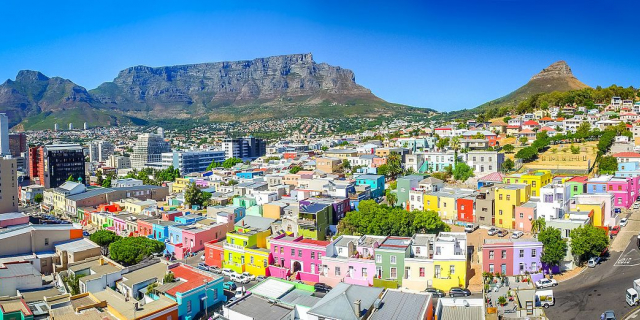

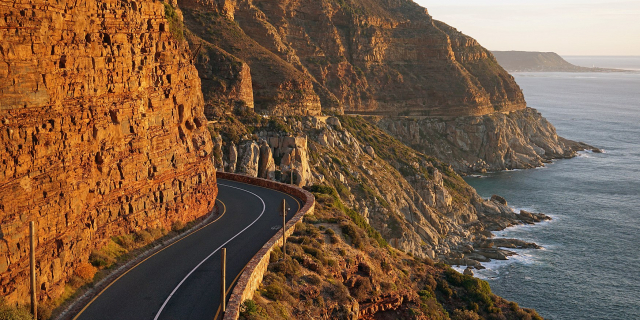




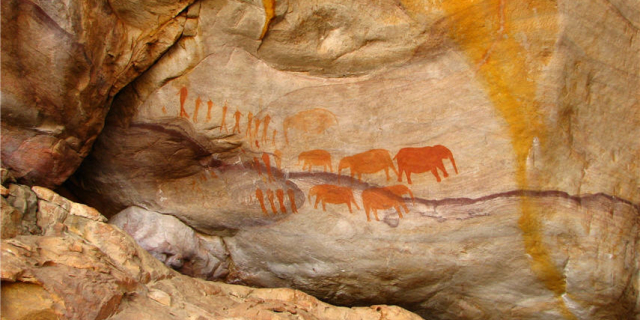

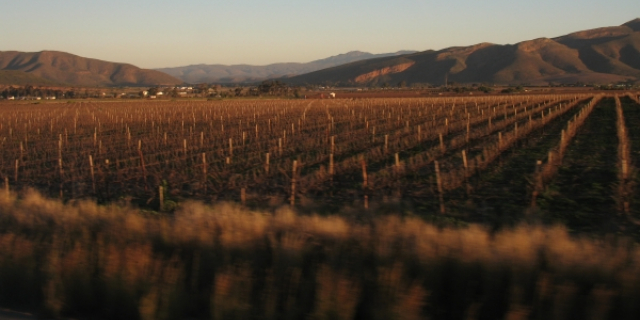

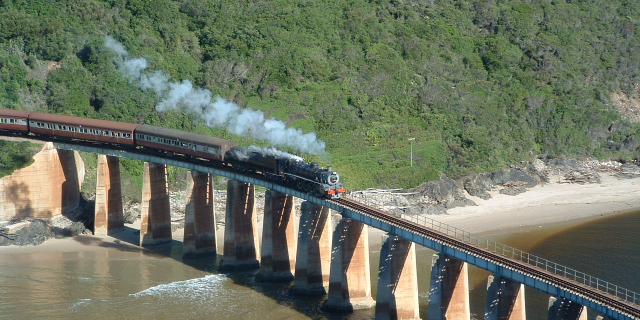



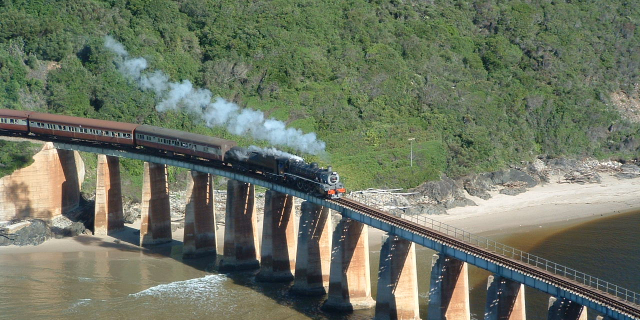
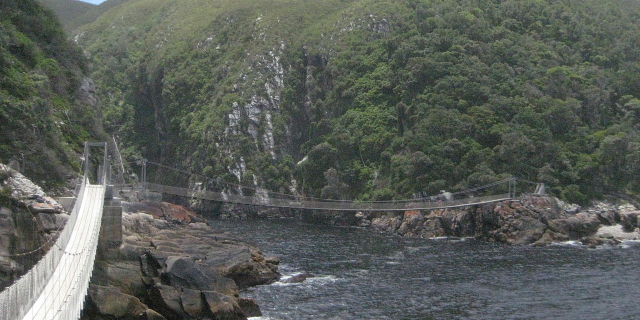



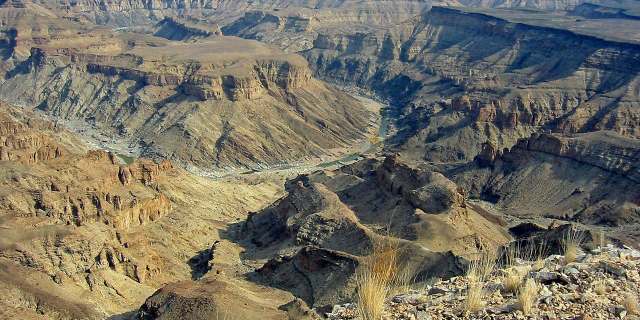






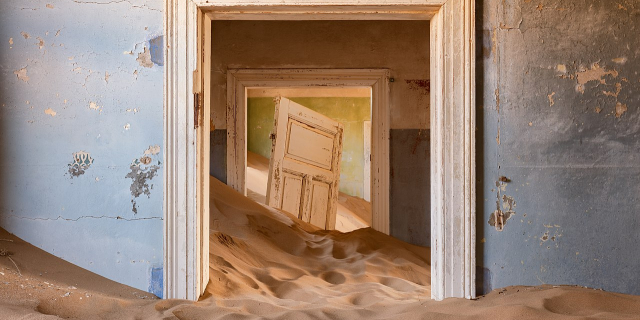

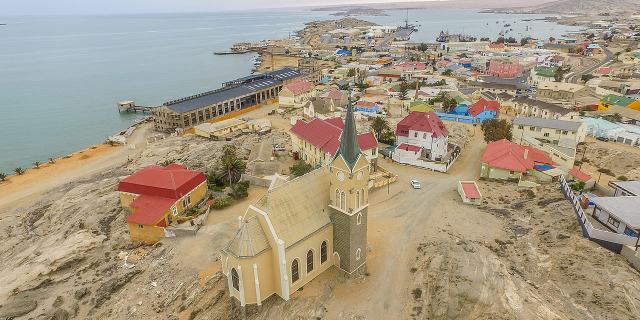


Add new comment